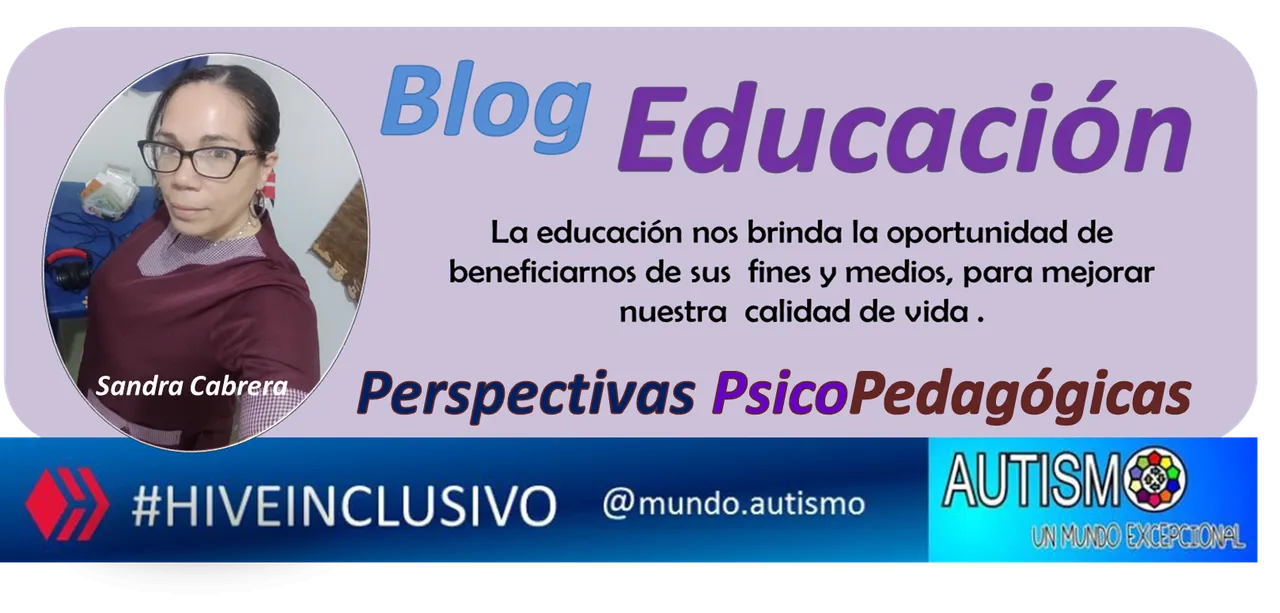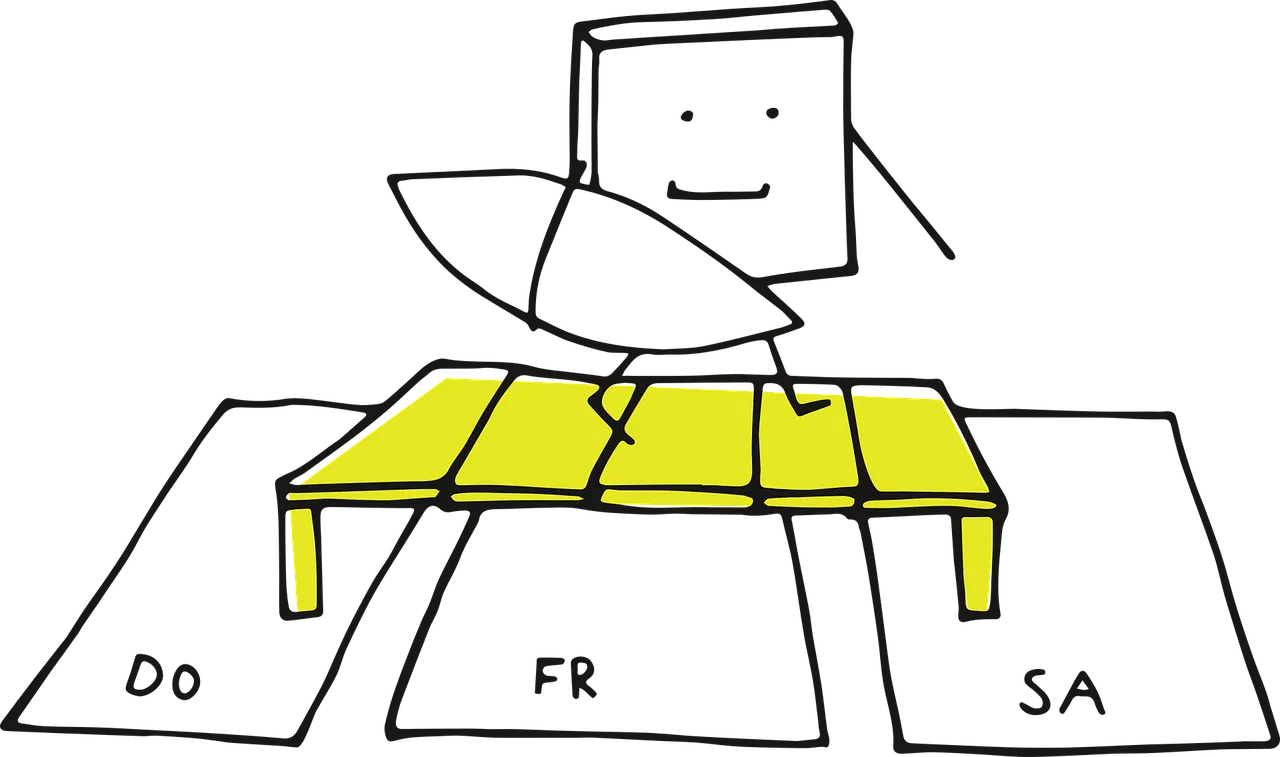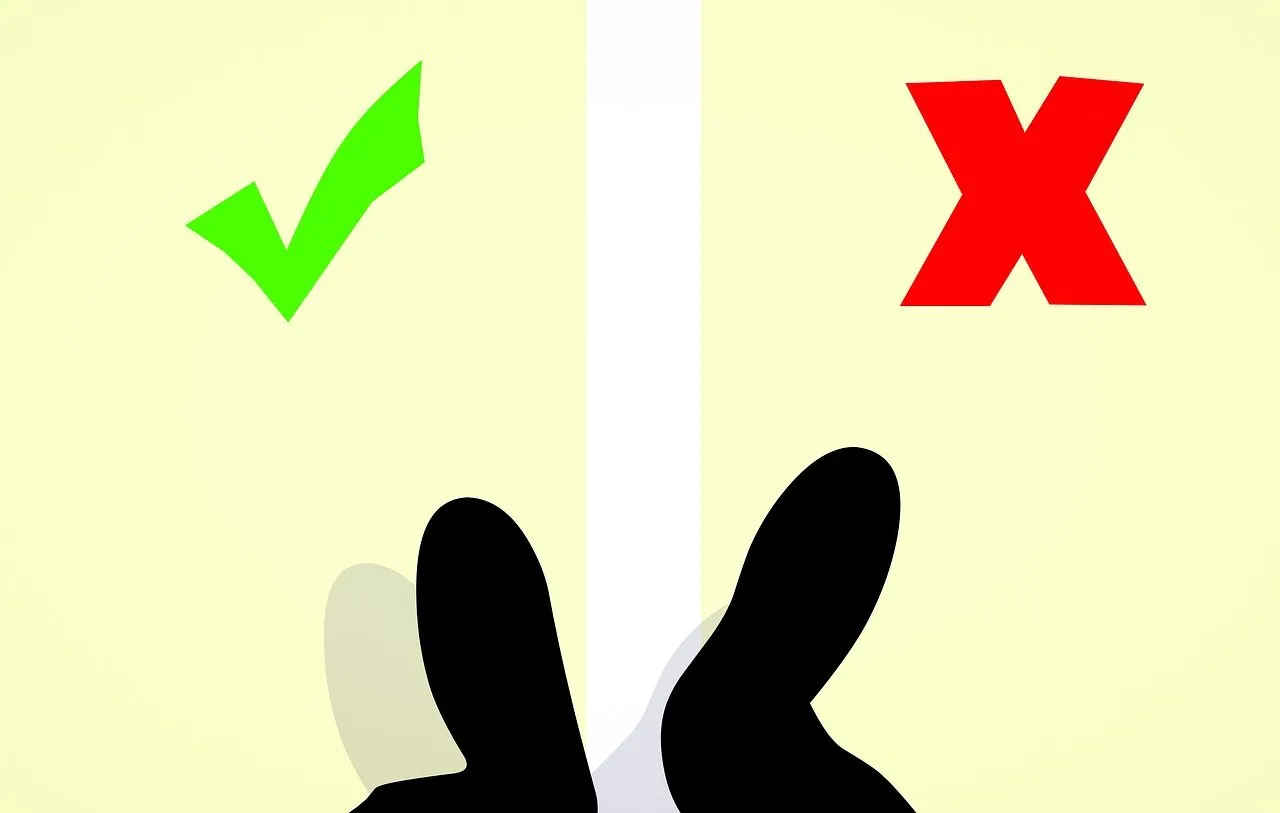El desarrollo del niño autista cumple con los mismos principios universales del desarrollo, por lo tanto, las funciones cognitivas necesarias para el aprendizaje, igualmente son las mismas, salvo que deben estimularse en forma diferente.
Sandra Cabrera, psicopedagoga.
The development of the autistic child complies with the same universal principles of development, therefore, the cognitive functions necessary for learning are also the same, except that they must be stimulated in a different way.
Sandra Cabrera, educational psychologist.
Como psicólogo cognitivista y neurocientífico, ha centrado su trayectoria profesional sobre los mecanismos cognitivos que intervienen y favorecen el aprendizaje. Según el autor antes mencionado: atención, participación activa, revisión a partir del error y consolidación, a los cuales denominó los cuatro pilares del aprendizaje.
Primer pilar, la atención.
Este proceso cognitivo de orden superior, ha sido objeto de estudios e investigaciones dado el acuerdo sobre su importancia en los procesos de aprendizaje. De hecho, es uno de los constructos centrales en las teorías sobre el déficit de atención.
Las competencias atencionales funcionan como filtros, priorizando la información que interesa y dejando pasar la que no se considera necesaria. Por esta razón es importante que el niño mantenga una atención sostenida y selectiva sobre la actividad que realiza. El sistema de atención fija los momentos en la memoria y a su vez, mediante la cualificación de esta experiencia, puede sumarlas a esquemas cognitivos previos y posteriormente a la experiencia, que cuando se produce el aprendizaje significativo.
La atención es una función cognitiva crítica que nos permite seleccionar y procesar información sensorial pertinente, desempeñando un papel vital en el aprendizaje… En el contexto educativo, una atención sostenida y selectiva es esencial para el rendimiento académico, ya que promueve un aprendizaje más profundo y duradero.
La Naturaleza de la Atención y su Impacto en el Aprendizaje
¿Cómo mejoramos la atención en clases?
Al respecto hay mucha literatura de expertos en la materia; sin embargo, existen estrategias que orquestan las experiencias de aprendizaje y que contribuyen en forma significativa a mejorar la atención: estimular la pregunta como una forma de aumentar la curiosidad; trabajar implicando las emociones y preocupándonos realmente del estado emocional de los estudiantes, gestionando de manera ecológica sus estados afectivos. Son dos aspecto claves y de peso para ganar el interés del estudiante.
Segundo pilar, el compromiso activo.
Como se señaló en el primer pilar, la pregunta es capaz de movilizar los esquemas cognitivos, poner en marcha el contraste de la que se sabe, con el nuevo aprendizaje. La comparación de planteamientos es un esfuerzo de tipo intelectual que conecta al estudiante con su intelecto y a la vez lo hace participar en forma activa en sus procesos de aprendizaje.
De hecho, Stanislas Dehaene, explica que ¨no hay nada que sustituya a este esfuerzo intelectual para afianzar el conocimiento en nuestro cerebro y nuestra memoria. En este sentido, un método de enseñanza activo contribuye a un aprendizaje eficaz¨. Es por eso que involucrar al estudiante en lo que se realiza en el aula. Es decir, el docente debe aprender a desligarse de su papel de director de auditorio y comenzar a trabajar en la construcción progresiva de experiencias de aprendizaje que realmente toquen al niño.
¿Cómo implementar este pilar?
Ofreciendo a los estudiantes las oportunidades de construir su aprendizaje, participando directamente en cada una de las propuestas que se realicen mediante el ejercicio de la acción docente.
Con esta corriente se busca que el alumnado tenga una participación activa en su propio proceso de aprendizaje. Una idea que procede de la teoría del conocimiento … la cual tiene como pensamiento que la realidad se forma a través de lo registrado por los sentidos y la información empírica que estos proporcionan...
Constructivismo: què es, autores y ejemplo
Tercer pilar: la revisión a partir del error.
Aprender del error, cometer errores, enmendar errores, y fundamentalmente, deconstruir el concepto del error, es fundamental para comprender el camino que ha conducido a cometerlo; desandar lo andado para aprehender de él.
La importancia de la retroalimentación es fundamental. La revisión consciente de lo que se ha realizado es central para aprender a autoevaluar y corregir. El proceso de revisión obligatoriamente deben ser constructivo; no coercitivo, para que el niño pueda mejorar a partir de la autoobservación de sí mismo como aprendiente.
Desde las neurociencias se destaca el papel de la repetición y de las predicciones como procesos mediante los cuales nuestro cerebro funciona. Por ejemplo, construimos una hipótesis, predicción, y al querer constatarla y no resulta cierta, se revela el error. Se ponen en evidencia una discrepancia, la cual conlleva a la corrección, a realizar nuevas hipótesis y nuevas verificaciones, demostrando que esto sucesivos ajusten desencadenan y promueven el aprendizaje.
¿Cómo implementar este pilar?
Permita que el estudiante se equivoque. Permita que corrija, así esto implique que se vuelva a equivocar. Ofrezca niveles de ayuda apropiados, que dejen margen al trabajo independiente. Felicite por cada aproximación a las respuestas adecuadas.
Cuarto pilar, la consolidación.
La memoria es otro de los procesos psicológicos superiores que son fundamentales para el aprendizaje. Es necesario que los nuevos conocimientos, destrezas y habilidades que se originan a partir de los mismos, sean sostenibles en el tiempo, se interioricen y den lugar posteriormente a un ejercicio de repetición automático e inconsciente.
¿Cómo estimular la memoria?
El cerebro debe ser capaz de repetir los mecanismos que originaron el aprendizaje tantas veces como sea necesario en el tiempo. En este sentido, el descanso y el sueño adecuado contribuyen esencialmente al funcionamiento adecuado del cerebro para el óptimo desempeño de esta y otras funciones ya que un adecuado descanso libera espacio neuronal para albergar nuevos aprendizajes.
Si te interesa este tema, puedes escuchar la entrevista a Stanislas Dehaene sobre los fundamentos del aprendizaje desde el punto de vista de la neurociencia en este corto video, de apenas 7 minutos y 27 segundos, Los cuatro pilares del aprendizaje. Stanislas Dehaene, neurocientífico.
Igualmente puedes consultar su libro Cómo Aprendemos :Los cuatro pilares con los que la educación puede potenciar los talentos de nuestro cerebro. Es una obra de referencia para todos los profesionales que están involucrados en el campo de la docencia, investigadores y mentes inquietas que buscan innovan en sus áreas de competencia.

Soy Sandra Cabrera, licenciada en Dificultades para el Aprendizaje, con estudios en Educación Especial Integral, Planificación Educativa y Literatura Infantil. Si te interesan los temas sobre educación especial, la discapacidad y las condiciones especiales del desarrollo, puedes contactarme a través de los números 04128032993 y 0412 8333334 y en:
El canal de Telegram, Trastornos del Aprendizaje.
En las redes sociales Instagram y Facebook1 y Facebook2. Sandra Cabrera Psicopedagoga.
En la cuenta de spreaker, @sandracabrerapodcast.
Traducción: con Google.
Based on this statement I am going to comment on the four pillars necessary for learning described by the cognitive psychologist and neuroscientist
As a cognitive psychologist and neuroscientist, he has focused his professional career on the cognitive mechanisms that intervene and promote learning. According to the aforementioned author: attention, active participation, revision based on error and consolidation, which he called the four pillars of learning.
First pillar, attention.
This higher-order cognitive process has been the subject of studies and research given the agreement on its importance in learning processes. In fact, it is one of the central constructs in theories about attention deficit.
Attentional skills function as filters, prioritizing the information that is interesting and letting through what is not considered necessary. For this reason, it is important for the child to maintain sustained and selective attention to the activity he or she performs. The attention system fixes the moments in memory and in turn, by qualifying this experience, can add them to cognitive schemes prior to and subsequently to the experience, which is when significant learning occurs.
Attention is a critical cognitive function that allows us to select and process relevant sensory information, playing a vital role in learning... In the educational context, sustained and selective attention is essential for academic performance, as it promotes deeper learning and durable.
The Nature of Attention and Its Impact on Learning
How do we improve attention in classes?
In this regard, there is a lot of literature from experts on the subject; However, there are strategies that orchestrate learning experiences and that contribute significantly to improving attention: stimulating the question as a way to increase curiosity; work involving emotions and really worrying about the emotional state of the students, managing their emotional states in an ecological way. They are two key and important aspects to gain the student's interest.
Second pillar, active commitment.
As noted in the first pillar, the question is capable of mobilizing cognitive schemes, setting in motion the contrast of what is known with new learning. The comparison of approaches is an intellectual effort that connects the student with her intellect and at the same time makes him actively participate in his learning processes.
In fact, Stanislas Dehaene, explains that ¨there is nothing that replaces this intellectual effort to consolidate knowledge in our brain and our memory. In this sense, an active teaching method contributes to effective learning¨. That is why involving the student in what is done in the classroom. That is, the teacher must learn to detach himself from his role as auditorium director and begin to work on the progressive construction of learning experiences that really touch the child.
How to implement this pillar?
Offering students the opportunities to build their learning, participating directly in each of the proposals made through the exercise of teaching action.
This current seeks to ensure that students have an active participation in their own learning process. An idea that comes from the theory of knowledge... which has the thought that reality is formed through what is recorded by the senses and the empirical information that they provide...
Constructivism: what it is, authors and example
Third pillar: review based on error.
Learning from mistakes, making mistakes, amending mistakes, and fundamentally, deconstructing the concept of error, is essential to understanding the path that led to making it; retrace what has been done to apprehend it.
The importance of feedback is fundamental. The conscious review of what has been done is central to learning to self-evaluate and correct. The review process must be constructive; non-coercive, so that the child can improve from self-observation of himself as a learner.
Neurosciences highlight the role of repetition and predictions as processes through which our brain functions. For example, we build a hypothesis, prediction, and when we want to verify it and it is not true, the error is revealed. A discrepancy is revealed, which leads to correction, making new hypotheses and new verifications, demonstrating that these successive adjustments trigger and promote learning.
How to implement this pillar?
Allow the student to make mistakes. Allow him to correct, even if this means he makes a mistake again. Offer appropriate levels of support, leaving room for independent work. Praise each approximation to the right answers.
Fourth pillar, consolidation.
Memory is another of the higher psychological processes that are fundamental for learning. It is necessary that the new knowledge, skills and abilities that originate from them are sustainable over time, are internalized and subsequently give rise to an automatic and unconscious repetition exercise.
How to stimulate memory?
The brain must be able to repeat the mechanisms that originated learning as many times as necessary over time. In this sense, rest and adequate sleep essentially contribute to the proper functioning of the brain for the optimal performance of this and other functions since adequate rest frees up neuronal space to house new learning.
If you are interested in this topic, you can listen to the interview with Stanislas Dehaene about the foundations of learning from the point of view of neuroscience in this short video, just 7 minutes and 27 seconds, The four pillars of learning. Stanislas Dehaene, neuroscientist.
You can also consult his book How We Learn: The four pillars with which education can enhance the talents of our brain. It is a reference work for all professionals who are involved in the field of teaching, researchers and restless minds who seek to innovate in their areas of competence.

I am Sandra Cabrera, graduate in Learning Difficulties, with studies in Comprehensive Special Education, Educational Planning and Children's Literature. If you are interested in topics about special education, disabilities and special developmental conditions, you can contact me through the numbers 04128032993 and 0412 8333334 and at:
The Telegram, Learning Disorders.
On the social networks Instagram and Facebook1 and Facebook2. Sandra Cabrera Psychopedagogue.
On spreaker account, @sandracabrerapodcast.
Translation: with Google.






